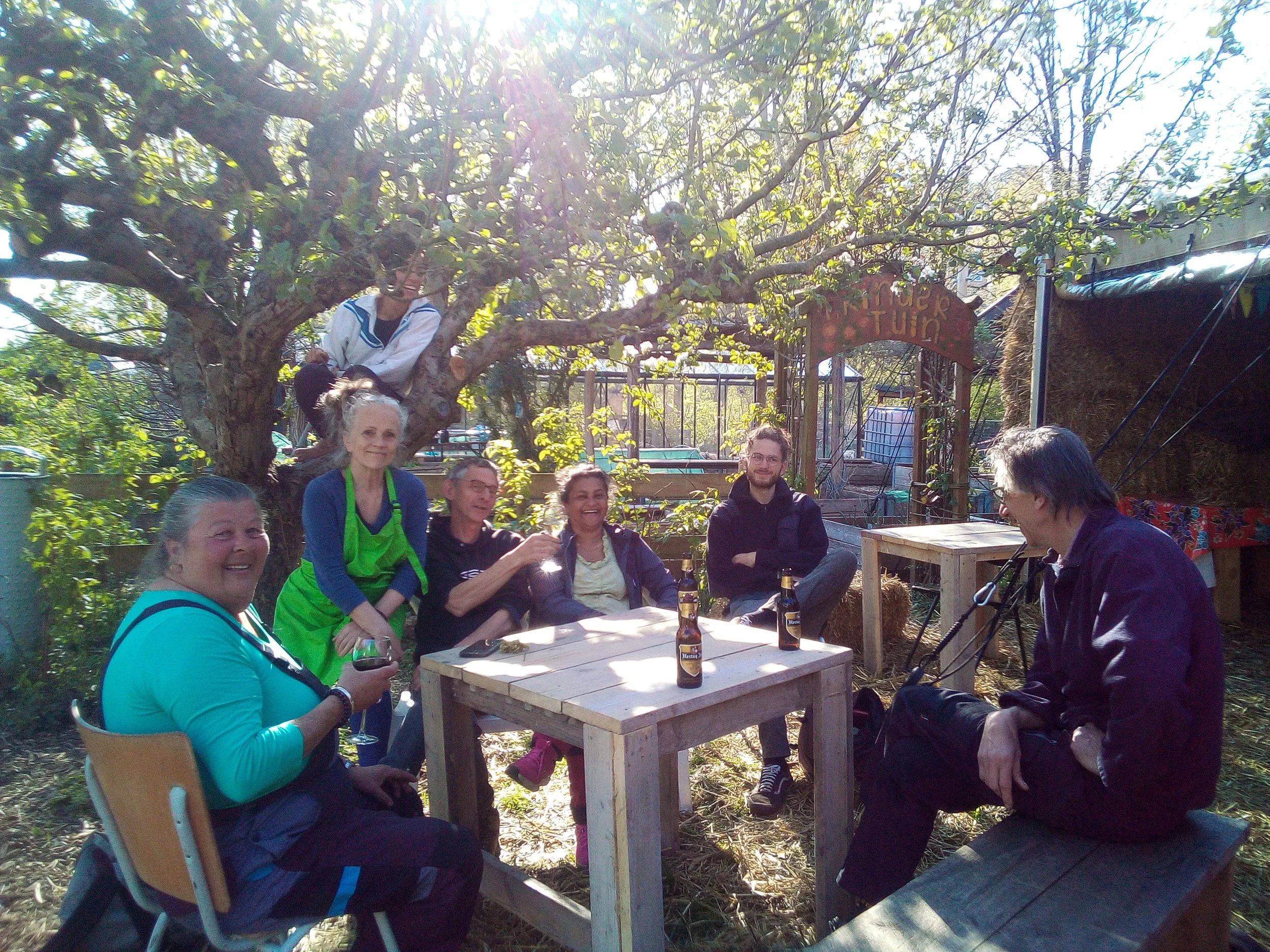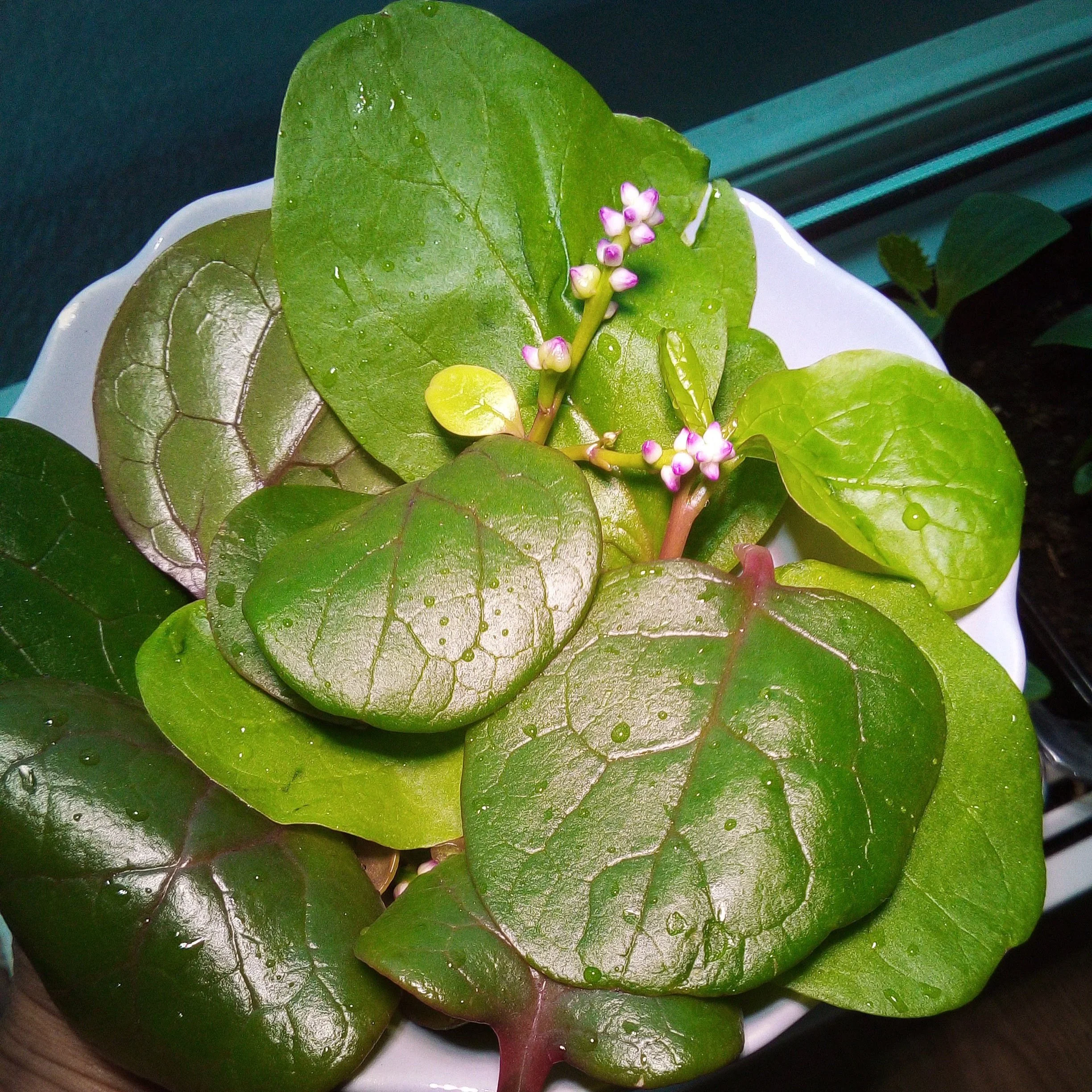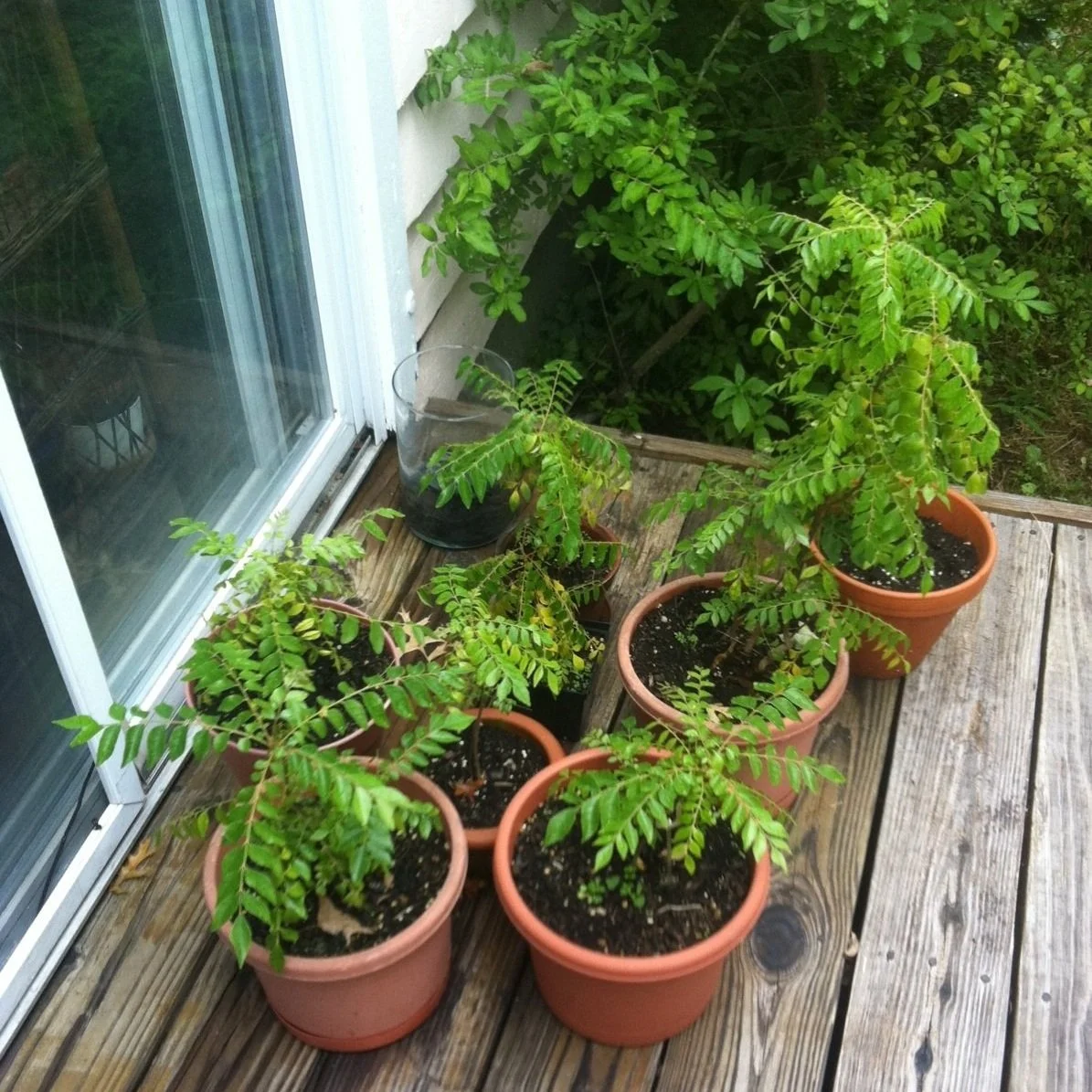Community connections -2
The village gardens are growing
Gardening experiences and memories from past years contribute to building a new community garden in southern Sweden
The month of May has been really chilly in southern Sweden and I was also feeling a bit apprehensive as the 15th, the official last frost date approached. Now it’s almost June and we have still had almost freezing nights, yet one day last week reached 29 degrees C! The cucurbits (pumpkins and courgettes) are so confused but the brassicas (cabbages) are ecstatic. The early spring drought kept the slugs away but now they are back after the rain.
It is very useful for gardeners to keep track of how things change over the years and what adjustments were made, what works and what doesn’t. I’ll share a few experiments and memories here as well as progress with the new community garden.
Some plants are doing pretty well
The ups and downs of spring
I have been hardening off my vegetable plants, grown this year for the new community garden we are creating in this little Swedish village as well as for my own forest garden, which I hope will also be a teaching location and demo garden.
Every day, pots of tomatoes, peppers, tagetes (marigolds) and sunflowers have been going in and out of the house to the porch and back in the evening when it turns dangerously chilly. Some young plants like the kales and edible chrysanthemum can stay outside in May. I prefer not to expose pumpkins, squash, and basil to temperatures under 5C as they are more tender. So that is a lot of ferrying back and forth.
What is doing brilliantly outside in this hot and cold, dry as bone and then sudden brief bouts of rain and hail? Salads, kohlrabi, fava beans, peas, dill, fennel and the invincible orach!
Community garden memories at the city farm in Amsterdam New West with our much loved member Toos who passed last year. She will be honoured in a yearly celebration of local volunteers this week at the Ruige Riet (Sloterpark) and during the Midsummer celebrations at Stadsboerderij Osdorp.
Community garden memories and updates
Community gardens are what I really love when it comes to growing local food. I moved to the Netherlands in 2011, and until I moved to Sweden in 2021 I worked in several of them. I have many fond, fun and also sometimes frustrating memories of these gardens. One difficult memory is the years we spent trying to grow vegetables next to a giant hedge of Leylandia, the roots of which spread like a net under the soil and sucked out the water and nutrients. Inevitably in these gardens, well intentioned volunteers will clear the purposely fenced wild area of nettles or pull out all the spring onions thinking they are grass. However, a bumper crop of kohlrabi and sweet garden friends can make up for it. Even the unsuccessful gardens managed to produce a great community of people. I have come to realize that shared work, specifically physical work, builds community more than shared ideals or beliefs.
When I moved to Sweden I was hoping to find an opportunity to continue with this kind of work; sharing what I’ve learned about coordination, keeping volunteers motivated and happy and of course growing food together.
“A healthy garden community can’t rely on just one person. Sometimes what is required is the right mix of people at the right moment in time. And some funding to help make this possible.”
Eden in Glimåkra
I’ve been lucky to meet in my village of 1,200 one other person with similar goals of social cohesion through meaningful work, so we decided to undertake this project together. We are also fortunate that the local community college has a lot of lawn, waiting to be turned into gardens. Anton is a priest working there with young people and loves carpentry, which is very handy indeed for making raised beds and seating for the new garden. Being outdoors, inspired by nature and growing healthy food together, all make community gardening the perfect way to get people who wouldn’t normally have much in common, to have fun together. Our model of garden is also not based on private cultivation in a common area but shared plots with shared work. If there are no individual plots, it should mean that the common areas don’t get neglected. Let’s see!
In the new Glimåkra community garden site, we planted an apple tree in the centre and held a small ceremony to kick things off. Appropriately, we have decided to call the garden “Eden in Glimåkra” and we hope we don’t get kicked out!
There’s a low wall on the south side and we planted some rhubarb in its shade. The first crop that went in was potatoes. We deliberately chose a site for the garden close to the road so that people who walk by can see what we are doing, become curious, strike up conversations and hopefully join us! I have an enthusiastic partner in Anton, and everyone he has contacted has been supportive, but – and this is a big BUT – nobody has time to really be hands on. So we need to attract more local volunteers.
We began hoping that if we build it they will come. They may need to see to believe, but we coordinators proceed with blind faith. Maybe the Christianity is beginning to have an effect on me!
Growing through the Ribes alpinum hedges, hawthorn blooms here in the second week of May. It is called meidoorn (May thorn) in Dutch, and hagtorn (hedge thorn) in Swedish. This garden edge is full of happy sparrows right now.
Hedges and birds
We are allowing the more useful hawthorn to grow through the ornamental Ribes alpinum and hopefully block the view of the supermarket parking lot in front of us. Sparrows are attracted to this redcurrant-like bush for its flowers and berries, but the hawthorn has more value as forest garden hedge plant (medicinal, fresh berry snacks and dried for tea) along with elder berries, autumn olive (Eleagnus umbellata) and Japanese quince. All of these are wildlife friendly and the purpose of the hedge around the garden is to bring a balanced mix of beneficial birds and insects. The birds are also fun to watch. We’ve seen nuthatches and even a green finch. The bullfinches were here too in masses but since a neighbours scrub maple was cut down they lost their food source and have not been seen since. There are other maples around, but it seems this one was preferred. We have to be so much more careful about our actions.
To be mixed in with the hawthorn and the Ribes alpinum are more hedge plants that I am attempting to grow from seed and cuttings as I basically have no money to buy plants! I did purchase and plant some junipers two years ago, also to become part of the hedge around the house, the edible kind and not the poisonous kind, luckily. This website takes you through the difference: Latifa’s herbs.
Autumn olive - Eleagnus umbellata, Japanese Quince - Chaenomeles specioca, Szechuan Pepper - Zanthoxylum simulans seeds are still in pots and showing no signs of sprouting. Elder, I’m growing from local cuttings and both the inedible red elder and edible elder, Sambucus nigra, are looking promising.
Watercress spreading in the canal out of the pots (May 2020)
This week in mid-May back in 2020 seemed to be less chilly than the same week in 2024 when we grew watercress for a restaurant garden in Amsterdam. We anchored pots of soil to floating pallets and threw some seeds in and they just took off! We don’t have canals here but I have a pond, so I’m trying again but so far the seeds have barely sprouted.
Deadly spring chills
Some perennial plants suffered setbacks after the warm last weeks of April. The Japanese maple confidently put forth leaf, but last week all these leaves were frostbitten and drooped sadly, making it vulnerable to pests and disease. The chocolate vine (Akebia quinata) also finally threw forth many new tendrils in early May only to have them blacken with frost in one night. There was only one night that was below freezing but that was enough. The combination of a warm early spring followed by extreme wind and chilly temperatures later will ruin fruit trees that have flowered as well. Becoming minutely aware of temperature fluctuations and reacting appropriately is something I’m still learning. “Observe, reflect and then react” means that after a year of reflecting you sometimes need to do something. Doing something is not difficult in a small space, throwing a fleece over the trees that have bloomed or remembering to take those geraniums back into shelter is all you have to do sometimes. Not putting tender transplants outside too early is something I have trouble with after moving to a colder country.
Malabar Spinach is eaten all over Asia (Basella alba)
So jealous of these pots of curry leaf grown by my aunt in New Jersey.
Warm weather friends
The warm season crops are waiting impatiently indoors with their faces pressed up against the windows.
Malabar spinach, a mucilaginous leafy green is a tropical edible plant which is quite happy to grow indoors, in shady parts of a greenhouse and outside in hot spots. In the Netherlands it is popular with the Surinamese diaspora and Ann and Naomi have been growing it in the gardens for the Bloei and Groei community under the name of “poi”.
It is easily grown from seeds unlike Murraya koenigii or curry leaf, (not to be confused with the curry scented herb, Helichrysum italicum).
Coming up soon: School garden teachers reflections
I have been interviewing our busy school garden teachers to put together an article about our very successful garden education programme that we have implemented in quite a few Amsterdam and Haarlem schools. If you have any specific questions for them let me know and I’ll ask them!
Seeds for food forest gardens are available from The Balkan Ecology Project
Instagram links to follow:
by Suzanne Oommen
Gardener, teacher and Cityplot Sweden coordinator



















